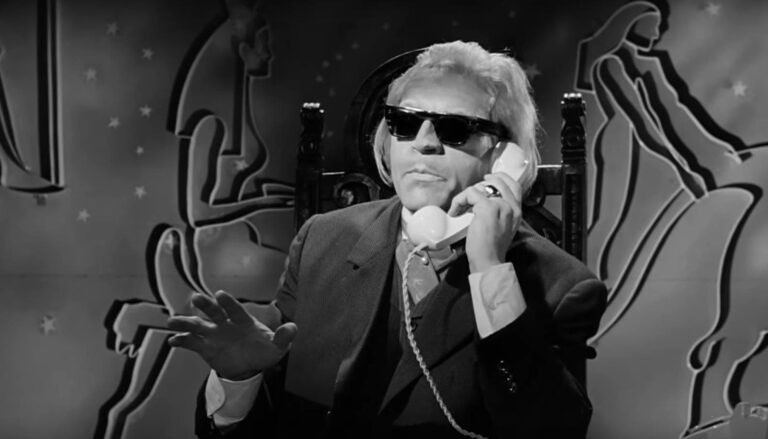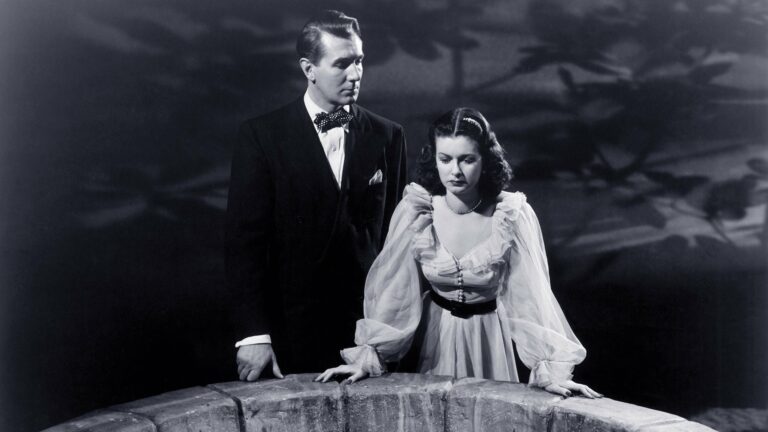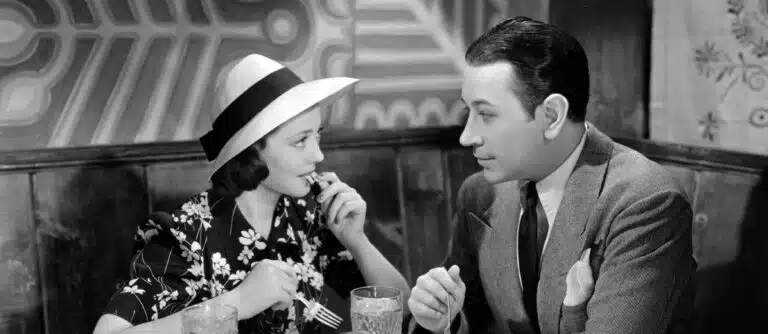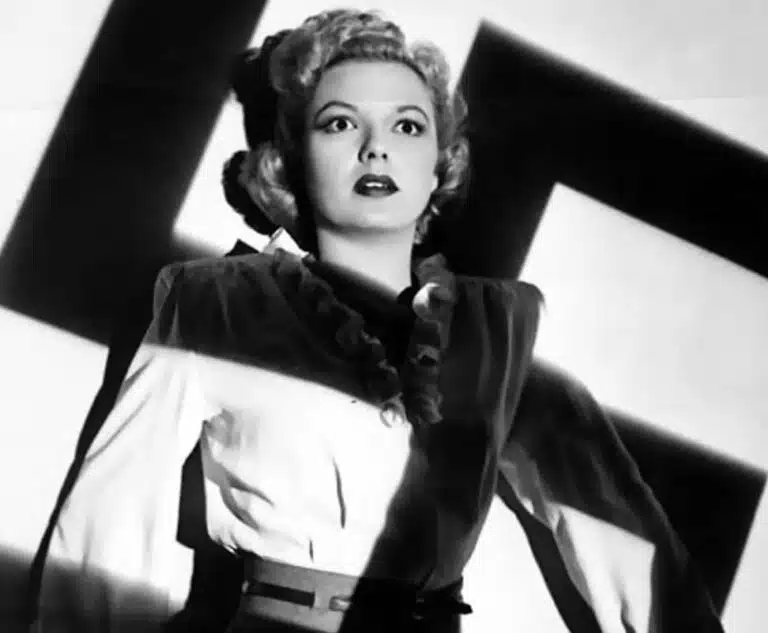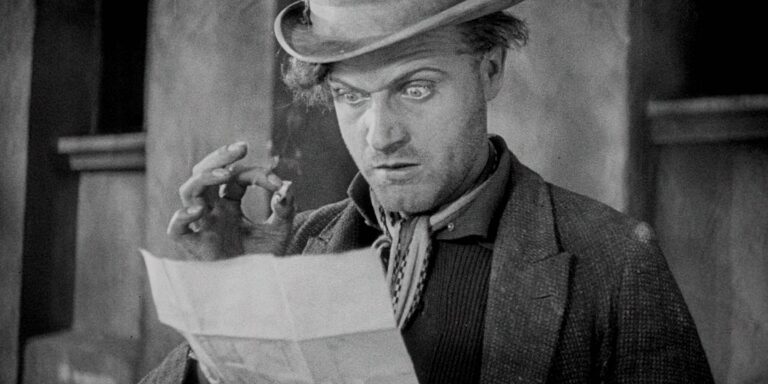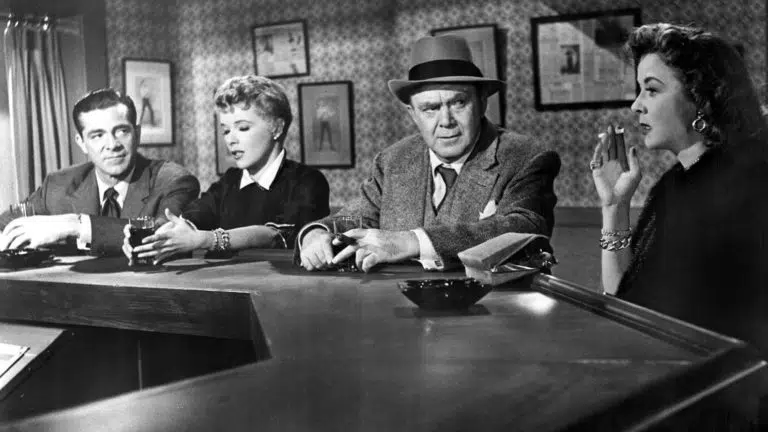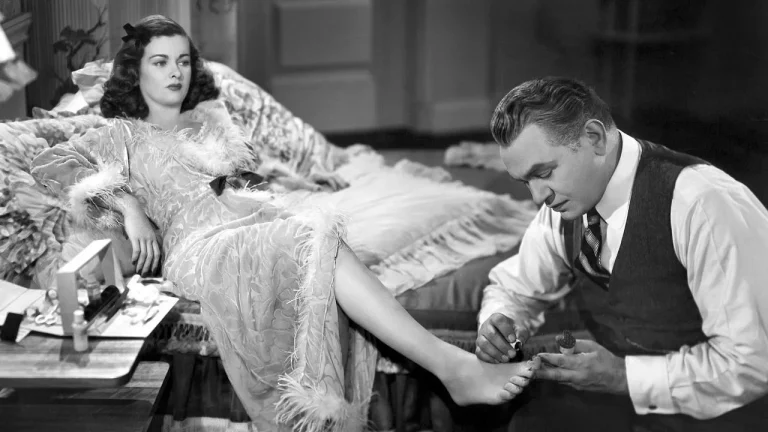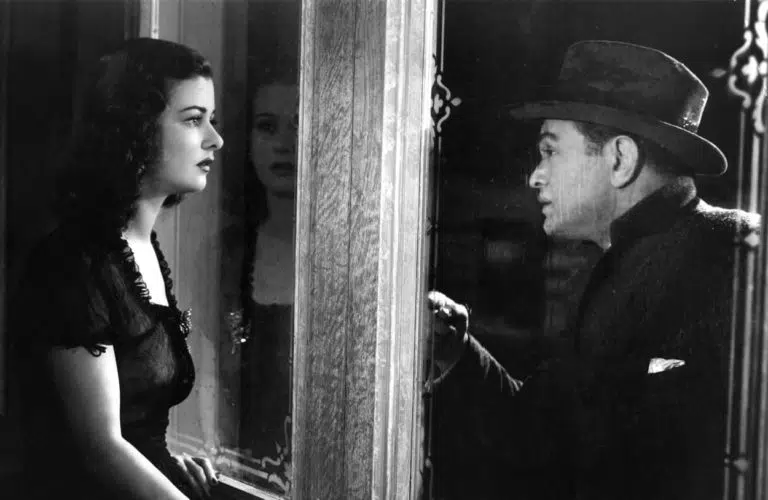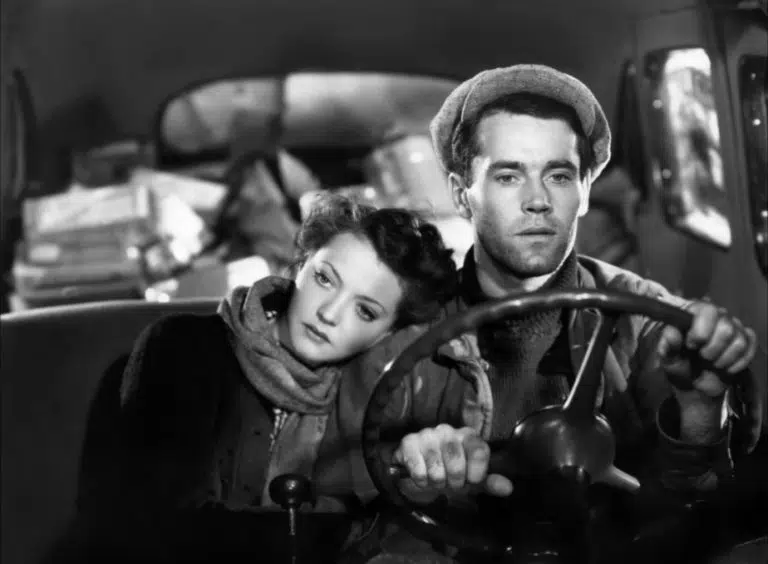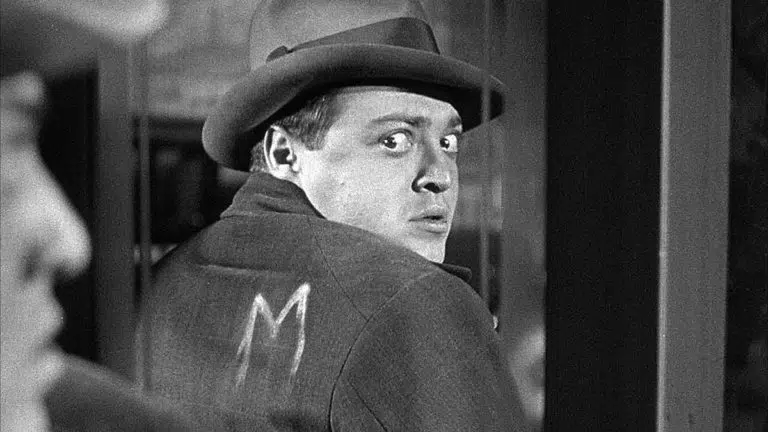The Thousand Eyes of Dr Mabuse
Reinventing a genre he had more or less invented in the first place, Fritz Lang’s 1960 movie The Thousand Eyes of Dr Mabuse (originally Die 1000 Augen des Dr. Mabuse) also revisits an established intellectual property. The character of Mabuse had already served Lang well, having taken centre stage as the arch-villain in Lang’s silent two-part behemoth Dr Mabuse the Gambler in 1922 and again in The Testament of Dr Mabuse in 1933. After which Lang exited Germany in a hurry, having been made an offer he couldn’t refuse by Dr Goebbels, an arch-villain to top them all. In the late 1950s, old and almost blind, Lang returned to Germany to make the … Read more
